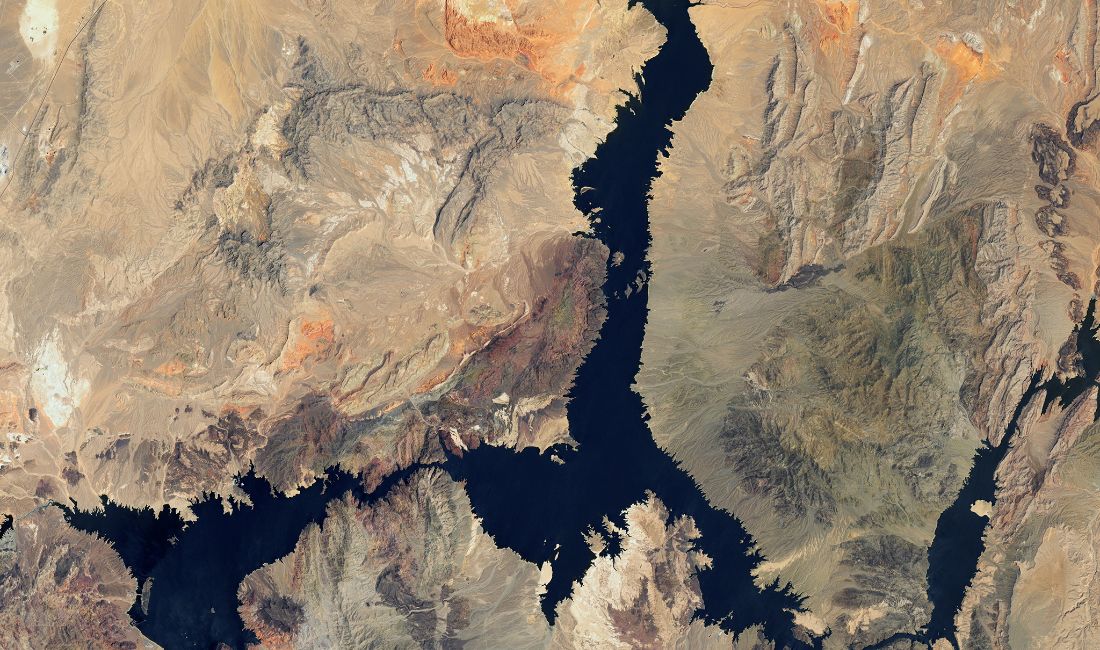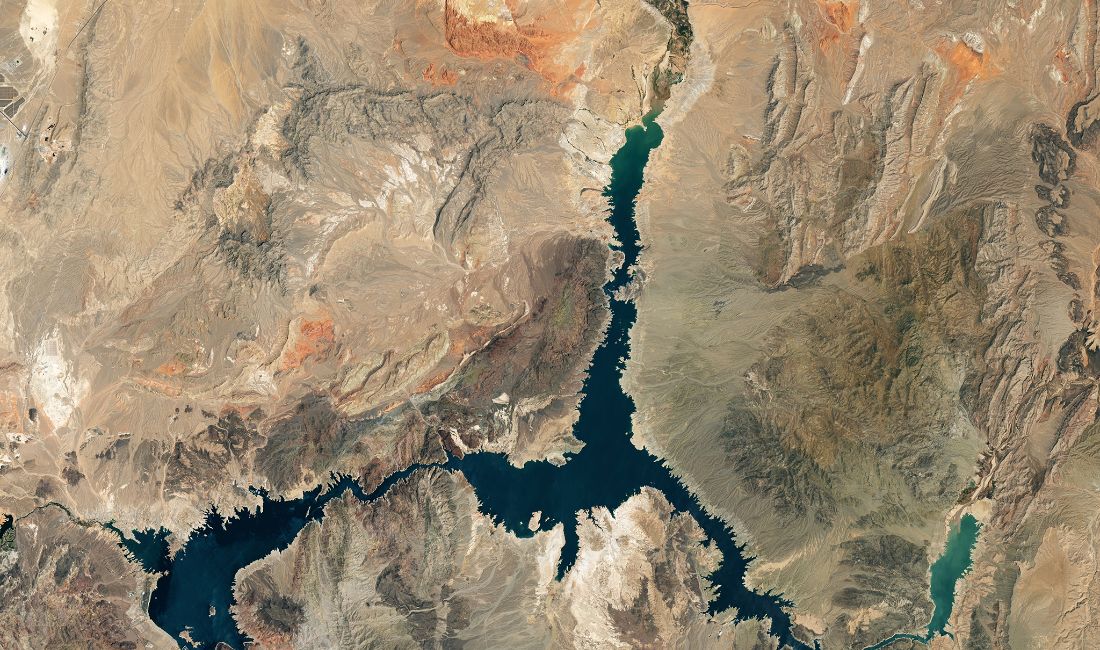Climate Change
Preventing climate change involves reducing our greenhouse gas emissions by protecting the rainforest and other natural ecosystems as well as conserving energy and adopting sustainable processes.
Carbon credits are a way to incentivize the reduction of greenhouse gas emissions, which are a major contributor to climate change. By creating a financial value for emissions reductions, carbon credits can encourage the protection of the environment by implementing programs to preserve the rainforest, replant lands that have been clear cut and the adoption of clean energy practices. This can help to lower global emissions and slow the pace of climate change, which is crucial for protecting the planet and its natural resources.
Climate change is not just about the future; it is happening now and it is happening to us. It is affecting people's lives and livelihoods all around the world.
Ban Ki-moon, former United Nations Secretary-General
What we know about global Warming
According to data from the National Aeronautics and Space Administration (NASA), the average global temperature has risen by about 1.2 degrees Celsius (2.2 degrees Fahrenheit) over the last 100 years. This warming has been driven largely by the increase in greenhouse gases in the atmosphere, which trap heat and contribute to the greenhouse effect.
It's important to note that the rate of warming has not been constant over this time period. The rate of warming has increased significantly in recent decades, with the last three decades being the warmest on record. This trend is expected to continue unless we take significant action to reduce our greenhouse gas emissions.


Quick Facts on what we can do to help with Global Warming
1.
Preserve and repair the environment:
By preventing logging and other forms of rainforest destruction as well as replanting trees in areas that have already been clearcut we can improve carbon sequestration.
2.
Reduce energy consumption:
One of the most effective ways to reduce greenhouse gas emissions is to use less energy. This can be done by turning off lights and appliances when they're not in use, using energy-efficient products, and driving less or using public transportation.
3.
Use renewable energy and other alternative sources:
Transitioning to clean, renewable energy sources such as solar, wind power, geo-thermal, and hydro-electric can help reduce the need for fossil fuels and reduce greenhouse gas emissions.
Stay in the Know!
Join the fight against climate change: stay informed and take action with our global warming newsletter.
Frequently Asked Questions
We have compiled just a quick list of commonly asked questions that address climate change and activites you can take to minimize it.